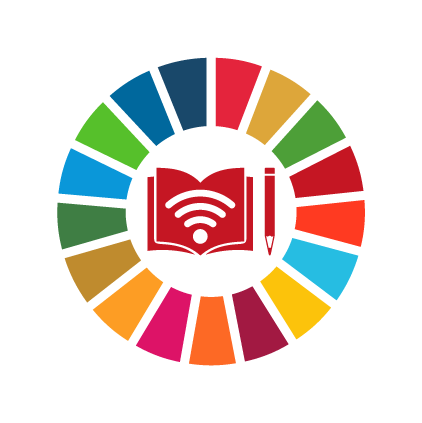Gambia, The
Background Information
Region
Sub-Saharan Africa
World Bank income group
Low income
Percent of population aged 10-24
34% (UNFPA, 2023)
Total primary school age population (both sexes)
448,955 (UIS, 2022)
Total secondary school age population (both sexes)
377,621 (UIS, 2022)
Proportion of women aged 20-24 years who were married or in a union before age 18 (% of women aged 20-24)
23%
Source: UNSDG , 2020
Adolescent birth rate (per 1,000 women ages 15-19)
65
Source: UN Human Development Reports , 2018
Percentage of women who ever experienced physical violence since age 15 (% of women 15-49)
46%
Source: DHS , 2020
Percentage of married women employed in the last 12 months (% of married or in-union women 15-49)
68%
Source: DHS , 2020
Education Snapshot Back to Top
Number of years of free primary and secondary education guaranteed in legal frameworks (Years)
6
Source: UIS , 2022
Percentage of upper secondary schools providing life skills-based HIV and sexuality education within the formal curriculum or as part of extra-curricular activities
No data available
Proportion of schools with access to single-sex basic sanitation facilities Percentage of schools
-
Primary 83%
(2021)
-
Lower secondary 86%
(2017)
-
Upper secondary 63%
(2021)
Source: UIS
Women as a percentage of teachers in tertiary education
No data available
Men as a percentage of teachers in pre-primary education Men as a percentage
Source: UIS , 2023
Expenditure on education as a percentage of total government expenditure % GDP spent on education
Source: UIS , 2023
Proportion of students at the end of primary education achieving at least a minimum proficiency level in reading
No data available
Proportion of students at the end of primary education achieving at least a minimum proficiency level in mathematics
No data available
Completion rate
Primary school age
-
Female 60%
-
Male 64%
Female: UIS, 2013
Male: UIS, 2013
Lower secondary school age
-
Female 48%
-
Male 50%
Female: UIS, 2013
Male: UIS, 2013
Upper secondary school age
-
Female 28%
-
Male 33%
Female: UIS, 2013
Male: UIS, 2013
Out-of-school rate
Primary school
-
Female 27%
-
Male 28%
Female: UIS, 2013
Male: UIS, 2013
Lower secondary school
-
Female 22%
-
Male 31%
Female: UIS, 2018
Male: UIS, 2018
Upper secondary school
-
Female 55%
-
Male 44%
Female: UIS, 2013
Male: UIS, 2013
Legal Frameworks Back to Top
Presence of legislation on child protection, to prevent corporal punishment in schools
3
Limited protection from violence in educational institutions
Source: HerAtlas , 2019
Presence of legislation protecting the right to education without discrimination based on sex/gender
2
Only enshrines the right to education or provides for a limited protection of this right
Source: HerAtlas , 2019
Presence of legislation to protect and facilitate education of pregnant adolescent girls
5
Protection of the right to education of pregnant and/or parenting girls
Existence of processes to support coordinated action on gender equality in and through education by ministries, civil society, youth organizations and other actors
Data coming soon!
Existence of systematic processes to review and update curricula and learning resources, with a view to eradicating gender stereotypes and promoting gender equality
Data coming soon!
Training on gender-responsive pedagogies is embedded in teacher training programmes
Data coming soon!
Programs Back to Top
Project/Program
Community Empowerment Program
Funding Initiative/Portfolio
Comprehensive scholarship programme
Funding Initiative/Portfolio
Education Out Loud (EOL)
Project/Program
Family and Inter-Generational Literacy and Learning Project
Project/Program
FAWE's Gender Sensitive Schools
Funding Initiative/Portfolio
Funding For Girls Education Programs
Project/Program
Gender-Responsive Pedagogy
Project/Program
Peace and Security Project
Project/Program
Reinforcement of Parental Practices
Project/Program
Starfish International
Research Project/Report/Study
The Effect of COVID-19 on Education in Africa and its Implications for the Use of Technology: A Survey of the Experiences and Opinions of Educators and Technology Specialists

